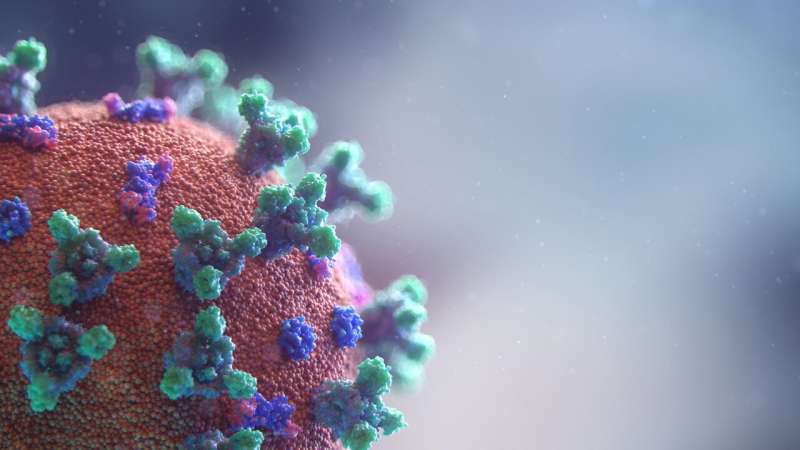How Kidney Organoids Enhance Safety in Gene Therapy Trials

Human kidney organoids are emerging as vital tools to detect hidden risks in gene therapy, potentially preventing adverse effects and enhancing treatment safety before clinical use.
Recent advancements in regenerative medicine have introduced human stem cell-derived kidney organoids as promising tools for assessing the safety of gene therapies. Researchers at Massachusetts General Hospital conducted a groundbreaking study, published in Signal Transduction and Targeted Therapy, to explore how these lab-grown mini kidneys can identify hidden risks associated with adeno-associated virus (AAV) vectors used in gene editing.
Traditional preclinical models, primarily animal studies, often fall short in predicting human-specific responses, leading to unforeseen toxicities during clinical trials. This has resulted in severe adverse effects and even patient deaths in some gene therapy trials, including those for Duchenne muscular dystrophy. Recognizing this gap, the research team utilized kidney organoids to evaluate the cellular and molecular impacts of AAV2, a common vector in gene therapy.
The findings revealed that AAV2 can provoke detrimental responses in kidney cells, such as inflammation, DNA damage, fibrosis, and cellular aging, all occurring via the NFκB signaling pathway, even when no gene editing is performed. Notably, the study also demonstrated that the use of bardoxolone methyl, a drug that inhibits NFκB, effectively mitigated these toxic effects without hindering the gene delivery process.
This innovative approach highlights the potential of organoids as human-specific preclinical models capable of detecting adverse effects earlier in the development process. Implementing such systems can improve the safety profile of gene therapies, reducing the likelihood of unexpected side effects when treatments move into clinical phases.
The research team, led by Dr. Ryuji Morizane, aims to further refine organoid technology by introducing vascular structures and more mature cell types to better mimic in vivo conditions. Expanding this methodology to other organ systems and AAV variants could revolutionize the landscape of gene therapy development, making treatments safer and more personalized.
Overall, organoid-based testing offers a critical supplement to existing animal models, providing human-relevant insights that can accelerate drug safety evaluations and improve patient outcomes.
Source: https://medicalxpress.com/news/2025-08-qa-organoids-gene-therapy-trials.html
Stay Updated with Mia's Feed
Get the latest health & wellness insights delivered straight to your inbox.
Related Articles
Vitamin D Levels and Their Impact on COVID-19 Hospitalization Risk
Emerging research indicates that low vitamin D levels may increase the risk of hospitalization due to COVID-19. Maintaining adequate vitamin D could be key to reducing severe illness, especially among vulnerable groups. Learn more about the connection between vitamin D and COVID-19 outcomes.
Philippines Declares Public Health Emergency as HIV Cases Increase Significantly
Philippine health authorities warn of a rising HIV epidemic with a 50% increase in cases in early 2025, prompting calls for declaring a public health emergency to combat the surge.
Social Interaction in Virtual Reality Enhances Pain Tolerance
New research from Cornell University shows that social interactions within virtual reality can significantly increase pain tolerance, highlighting potential applications in pain management therapies.



